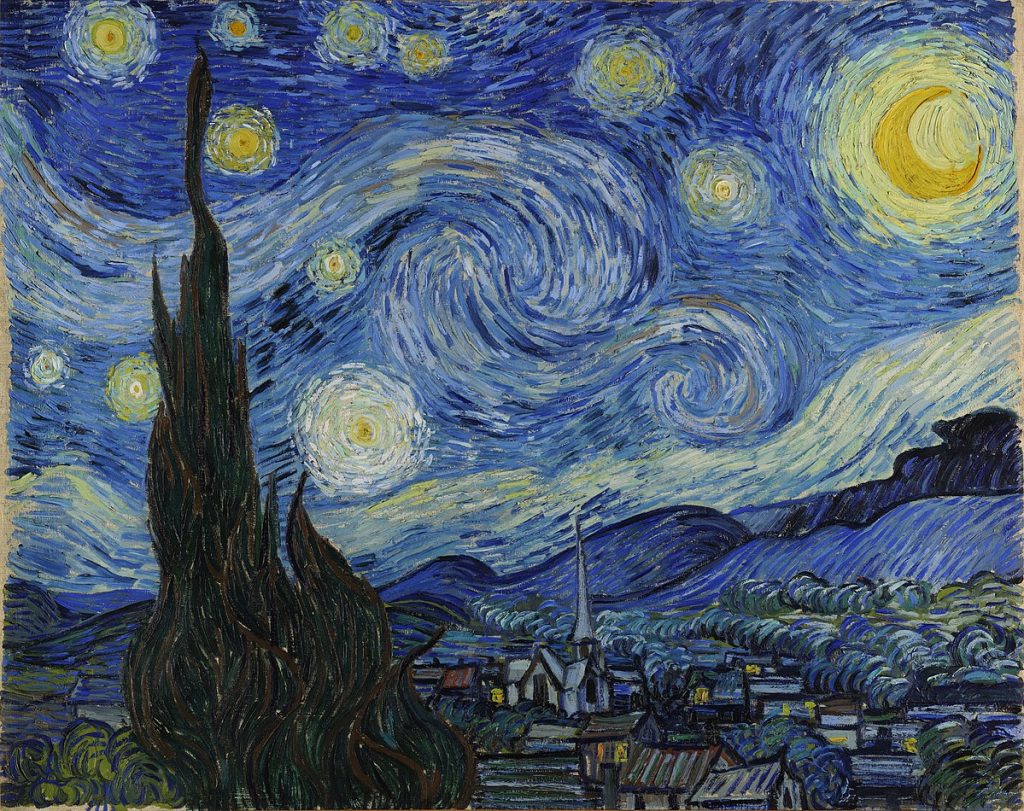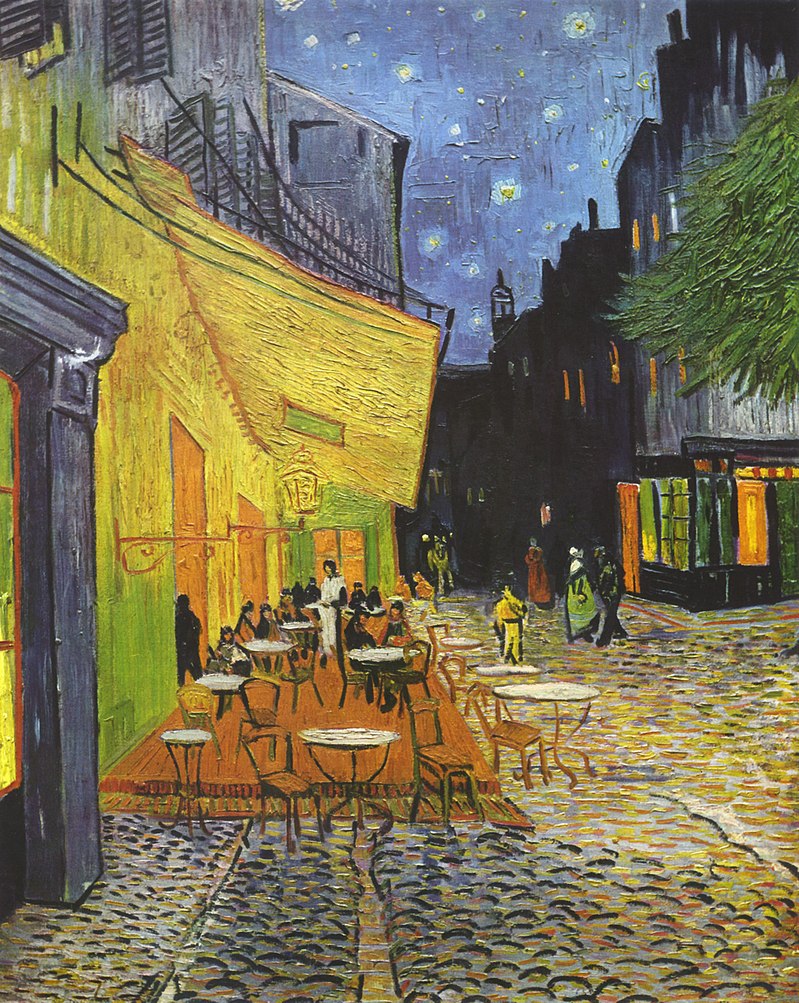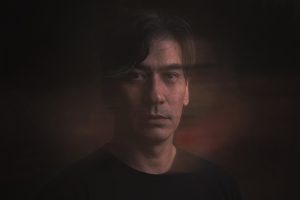At first, Vincent Van Gogh (1853-1890) was an important Dutch painter who marked history. With a little sociable personality, a restless, anguished person, he always questioned his existence, the condition of being in the world and the meaning of life. However, he was the type who spoke the truth nakedly, did not measure words and did not spare anyone to express himself. But since he was a child he was interested in observing nature and was fascinated by rare flowers.
From a Protestant and bourgeois family, he tried to be a picture dealer, a book seller, a pastor and a missionary, but nothing worked. Until in 1880 he went to study art, in The Hague, in the Netherlands and began to paint from the observation of peasants, in their day-to-day lives.
Paris
In 1886 he moved to Paris, where he met the impressionists and befriended some painters. Among them Toulouse-Lautrec and Gauguin. At that moment, he got in touch with the most important Parisian artistic events and came to the conclusion that painting should be an instrument of social transformation, true, alive, intense and passionate. As we can see, Van Gogh is driven by emotion.
Arles
In 1888, he moved to Arles, a city of beautiful landscapes that impressed him a lot. Like Cézanne, he was connected to impressionism and liked Japanese prints. In Arles, for about two years, he produces a large quantity of masterpieces. Here are two examples:


We can see that both in the Café Terrace at Night and in The Starry Night, color is the strongest and most significant element in Van Gogh's paintings, it moves us and strikes our eyes. The other very important element to understand is the way in which the artist paints his works. For example, the brush mark on the work gives the feeling that the artist has just painted it. We almost felt the physical presence of Van Gogh, in these strong, expressive and thick layers of paints.
Colors
For Van Gogh himself it was color, not form, that determined the expressive content of his paintings.
He wanted his painting to express what he felt, above all, appropriating the distortions of the images to favor the idea of feeling.
This way of operating with dense layers of paint, distortions and the pure use of color on canvas, is the novelty and, at the same time, the great contribution that Vincent Van Gogh brings to the History of Modern Art. Therefore, this particular form of expression influenced what will later be called expressionism. See more about Van Gogh's works and life in the following video:
Anyway, we'll meet in the next article on modern art.
So, did you like the article and want to contribute a coffee of thanks? Make your contribution through the QR Code below. Help the Foto Blog that helps you. Any value is welcome! A coffee is R$2 here, for example.

Related articles
| Make long exposure | Types of cameras | Light the principle (part 1) | Light the principle (part 2) |
Other links
| Paul Cézanne | Saquarema | Photo | Photography | Online Gallery | FotoBlog | Claude Monet | Photographic Technique | Color Photographic Technique | Quality of a photo | What is Photography? | The Role of the Sensor | Pricing | DSLR | Compact | Lens Types | Photographic Technique 5 |





